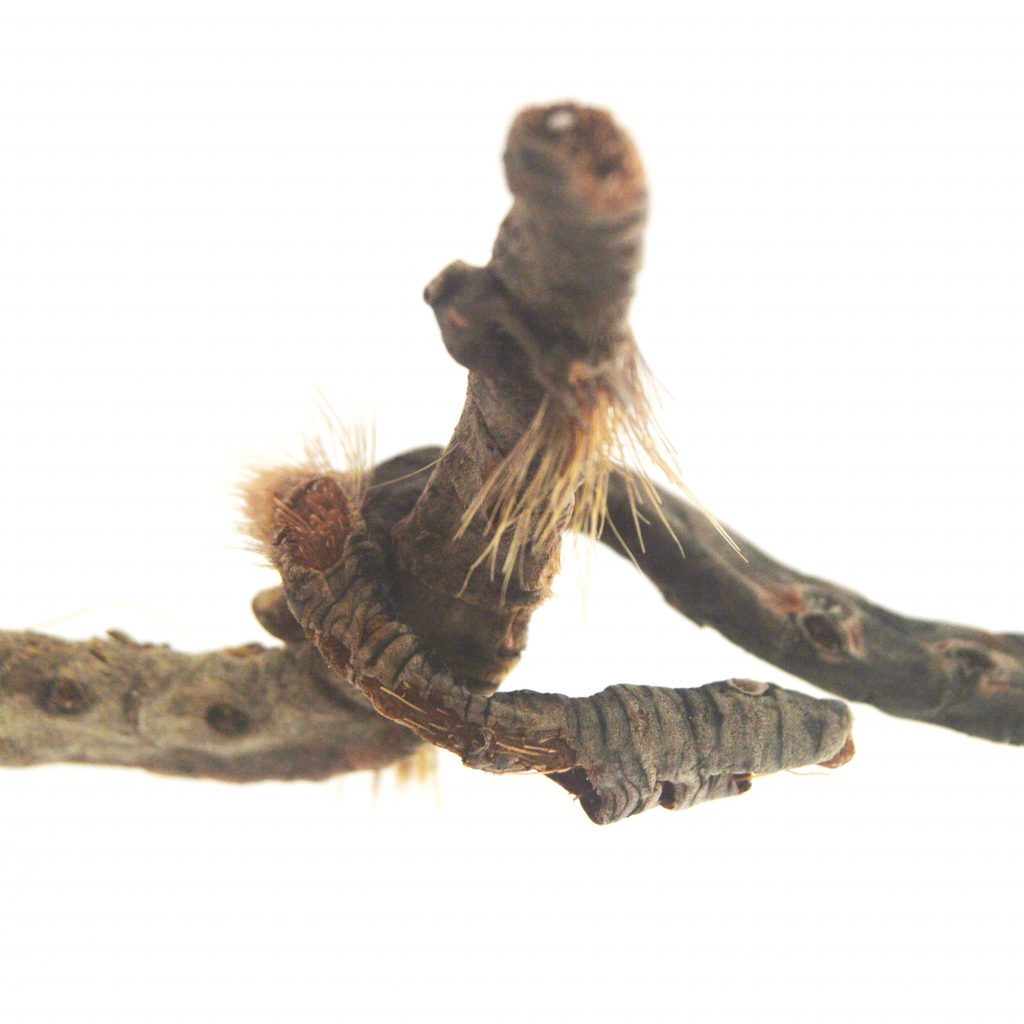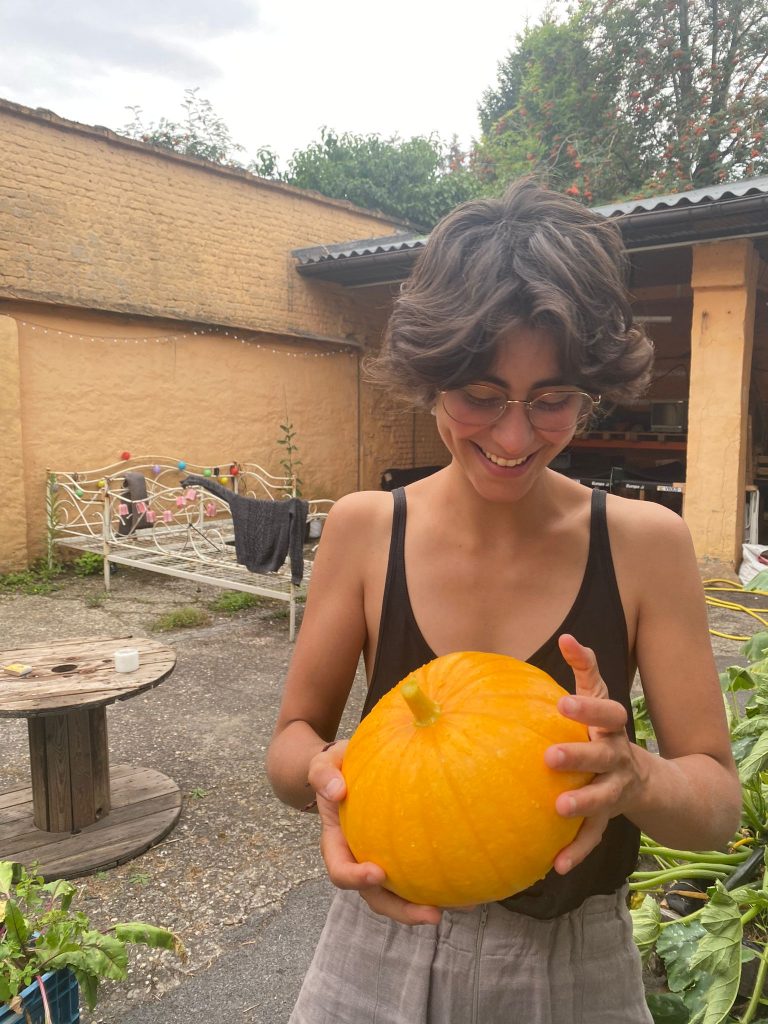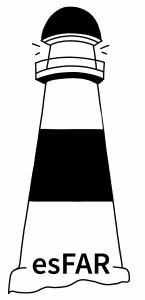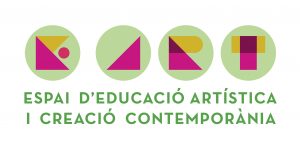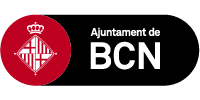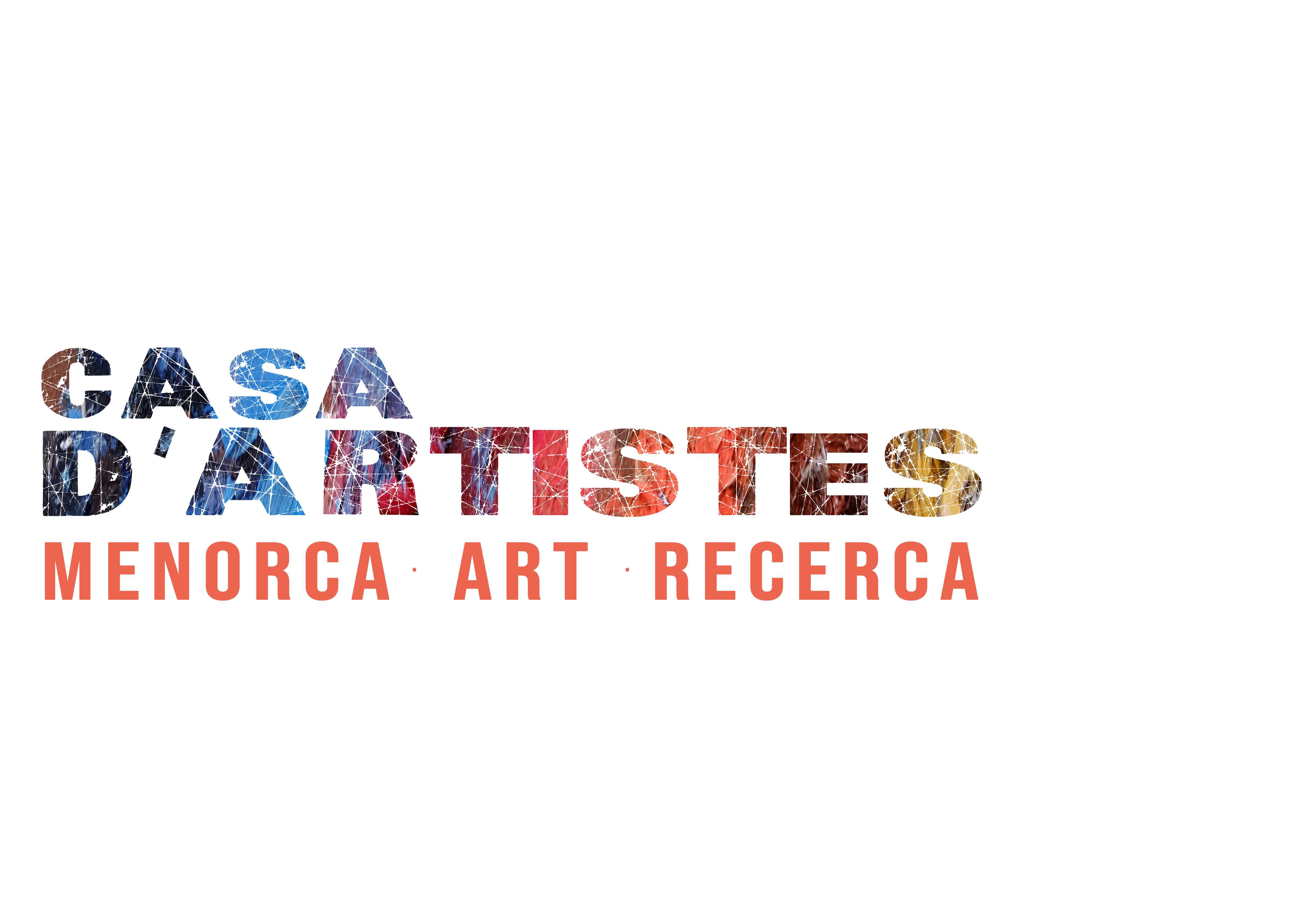DESLOCALITZACIONS
ESPAI + TEMPS
El projecte Deslocalitzacions. ESPAI + TEMPS és fruit de la col·laboració entre l’entitat Experimentem amb l’ART (Barcelona)i l’associació Es FAR Cultural (Menorca),les quals gestionen dos projectes de residència artística; La Residència *EART i la Casa d’Artistes. Aquesta convocatòria neix amb la voluntat de fer costat a projectes de recerca i recerca que necessitin espai i sobretot temps per a desenvolupar-se.
Deslocalitzacionses un projecte de creació en xarxa que planteja una residència de recerca a casa d’Artistes (Menorca) i dirigida a artistes que estiguin o hagin estat residents en l’Espai EART, educadores i mediadores col·laboradores de EART. La finalitat és propiciar i ampliar l’experiència en la recerca i la recerca artística, a través d’una estada de 20 dies a casa d’Artistes d’Es Far Cultural a Menorca.
CONVOCATÒRIA 2022
Paula Vicente Puiggròs ha estat seleccionada per a participar de la residència de recerca artística ESPAI + TEMPS amb el projecte Tangere. Un projecte d’experimentació i recerca que busca apropiar-se de la tecnociència per a obrir nous imaginaris multi espècies; establir noves relacions entre la tecnologia i formes de vida, humanes i més que humanes. Utilitzar metodologies de temporalitats més expandides que han quedat arraconades darrere les lògiques capitalistes. Recuperar la curiositat, l’interès, la prova i error, la intuïció. I si en comptes de mesurar la realitat des d’un punt de vista constructivista i productivista el féssim des de la cura, l’afecte, i allò desconegut?
Tangere sorgeix de la necessitat de problematitzar la idea del Tacte com a acte innocent i conscient entre individus per a donar espai a tot el que bloqueja aquesta definició. Segons l’explicació de la Física, tocar no comporta contacte. Els electrons són partícules amb una càrrega negativa, de manera que el que entenem com a “tacte” és en realitat la força de repulsió electromagnètica entre aquests. Així doncs, si no hi ha contacte en tocar, com prop hem d’estar per a tocar-nos? Per a tocar sense tocar, per a afectar(-nos)? Si el que el nostre cos entén com a tacte són forces de repulsió entre electrons, podem dir que realment és un acte voluntari?
Aquesta altra narrativa de tocar comportaria un pensament molt més ampli, que no té en compte només la pròpia persona sinó també tot l’entorn i els cossos que el conformen. Una narrativa on el teu cos no acaba amb la pell, sinó que traspassa i continua en l’altre en una xarxa multiespècies.Així doncs, de quines maneres estem afectant el nostre entorn sense ser conscients només perquè el nostre cos no el percep? I de quina manera hem ensenyat el nostre cos a percebre? Com afectaria la nostra manera d’estar i habitar l’entorn una percepció diferent d’aquest? Quines polítiques s’amaguen darrere la invisibilitat?
Es proposa, doncs, una cerca d’allò invisible, intangible. Obrir noves preguntes i relacions de simbiosis entre diferents espècies i una tecnologia lenta per a crear un imaginari que ens convidi a especular conjuntament noves maneres de tocar-nos i relacionar-nos amb la resta de vides que ens envolta.
PAULA VICENTE PUIGGRÒS (1997, Barcelona)
Paula Vicente Puiggròs és una artista visual de Barcelona. Llicenciada en Belles arts per la Universitat de Barcelona i màster en Belles arts en KASK (Gent, Belgica). Ha guanyat una beca de producció en Sala d’Art Jove, on ha format part d’una exposició on ha d’aquells pólvores, aquests llots (Barcelona, 2021). També ha participat en festivals com Bauen, El Bòlit, (Girona, 2021); Inund’*Art, Casa de la Cultura (Girona, 2020); Corrente, La notte bianca (Bologna, IT, 2019); ArtEmergent Sabadell (Barcelona, 2019). Ha realitzat residències artístiques en diferents llocs com Kovent Zero (Berga, 2021), Experimentem ambl’Art (Barcelona, 2021), És Far Cultural (Menorca, 2021) i El Bòlit (Girona, 2020), on també ha participat fent tallers, open studios i altres activitats.
Statement
Sempre he pensat la meva pràctica artística comun mitjà per repensar els cuses a través d’allòmaterial, tàctil. M’interessa investigar sobretotentorn la idea d’habitar i els relacions amb altreséssers vius, ser conscient del focusantropocèntric i productivista prefixat per mirar d’incidir donis d’un altre angle.
Molts projectes s’iniciïn amb un pensament, una conversa que és desplega cap a un interès o preocupació que genera, al seu torn, una investigació. Trobar allò subversiu del pensar en col·lectiu, del fer donis de la quotidianitat amb allòproper per generar qualcuna cosa que enspermeti obrir la pregunta enlloc de tancar-la, deixar lloc al dubte.
